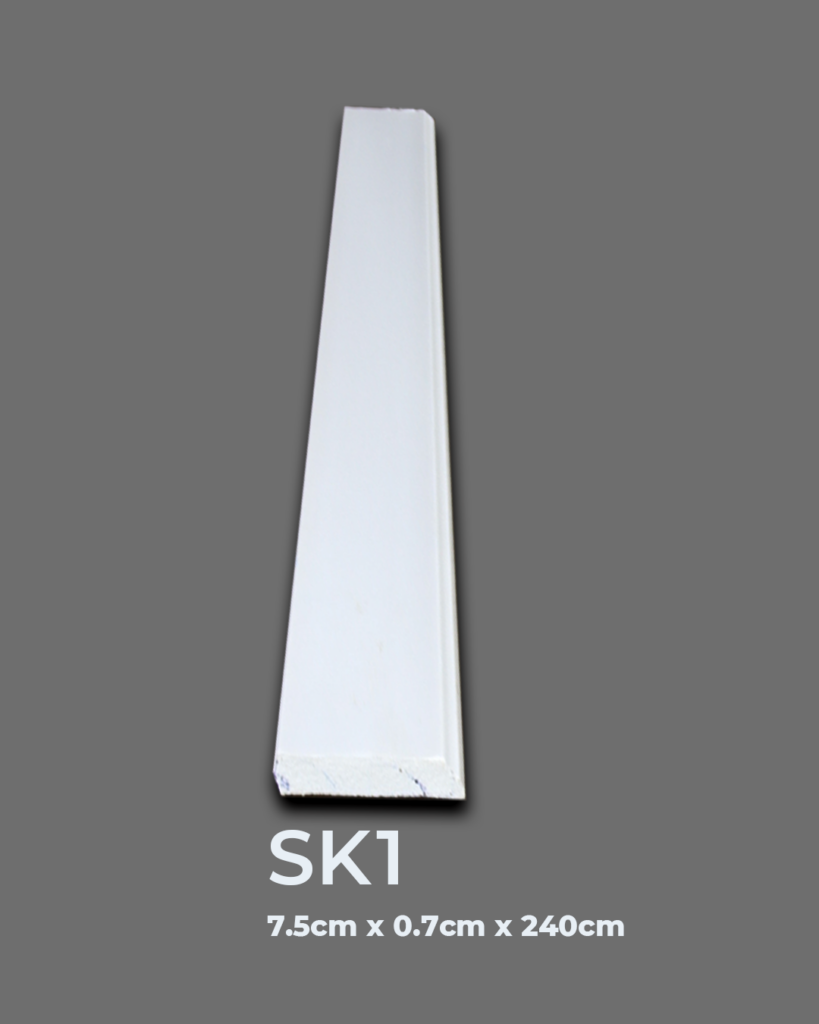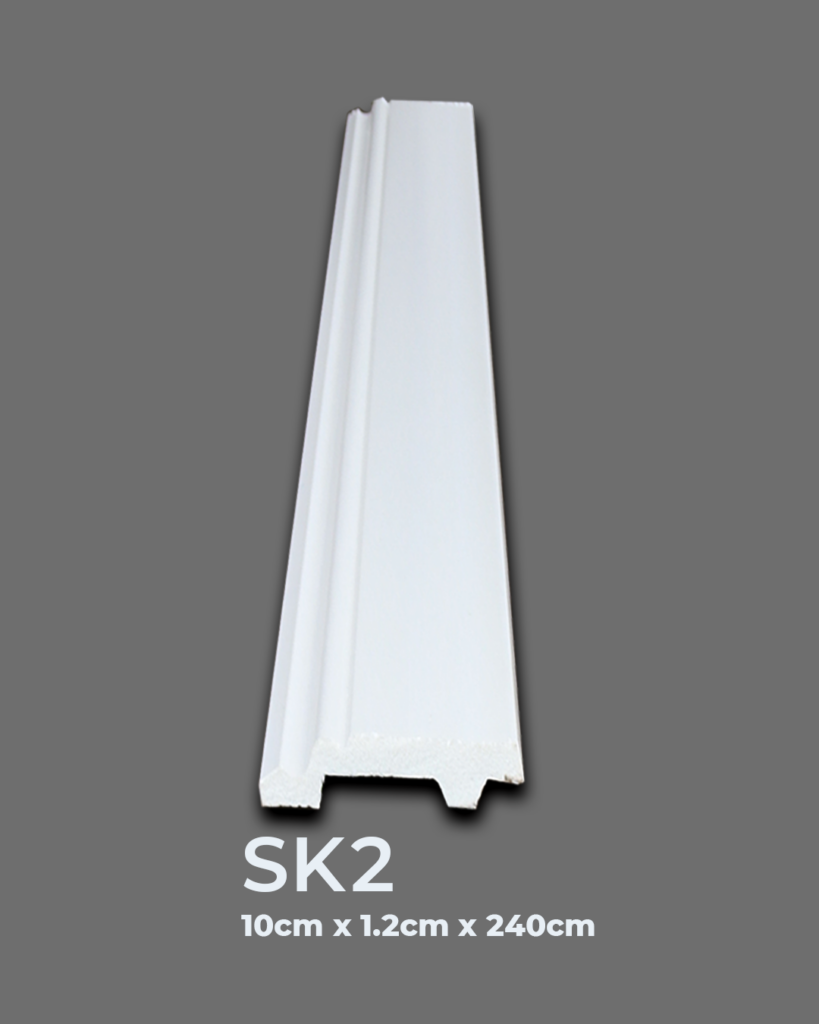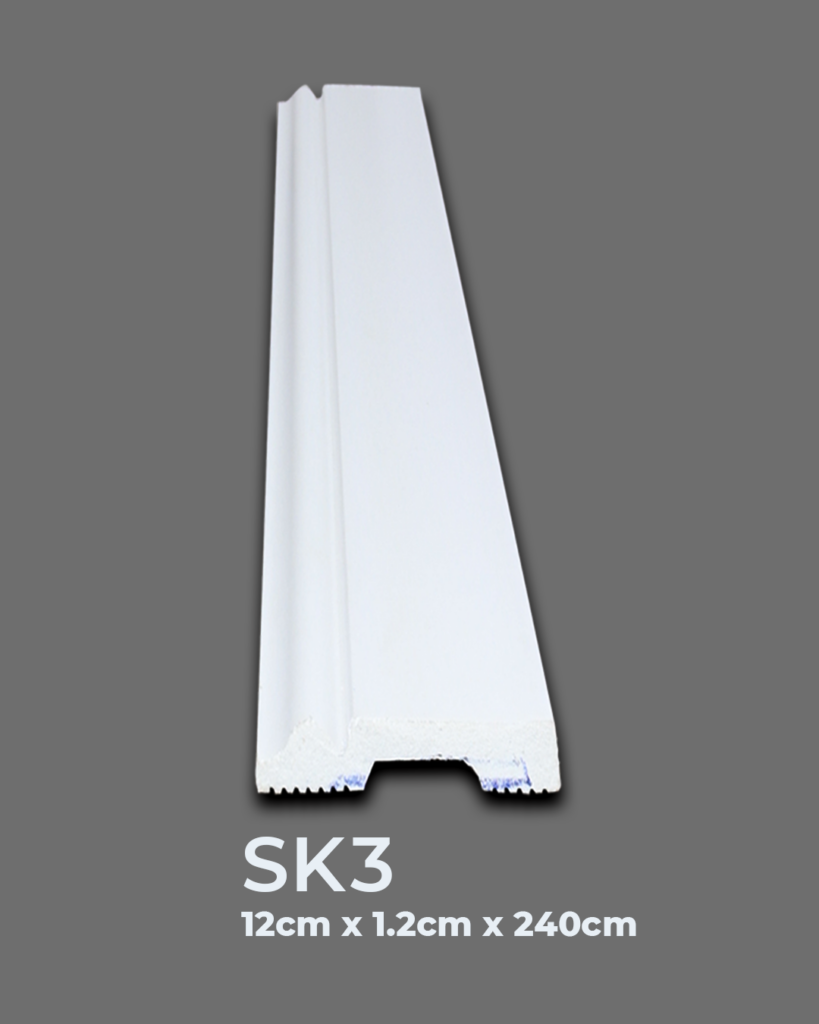VINYL FLOORING
Vinyl flooring is a type of resilient flooring made from synthetic materials, primarily polyvinyl chloride (PVC). It’s designed to be durable, easy to maintain, and versatile, making it popular for both residential and commercial spaces. Vinyl is often preferred for its water resistance, low cost, and ease of installation (especially when using peel-and-stick or click-lock options). It’s also comfortable underfoot and available in a wide range of styles and colors. TCP Vinyl comes in two types:
STONE PLASTIC COMPOSITE – SPC
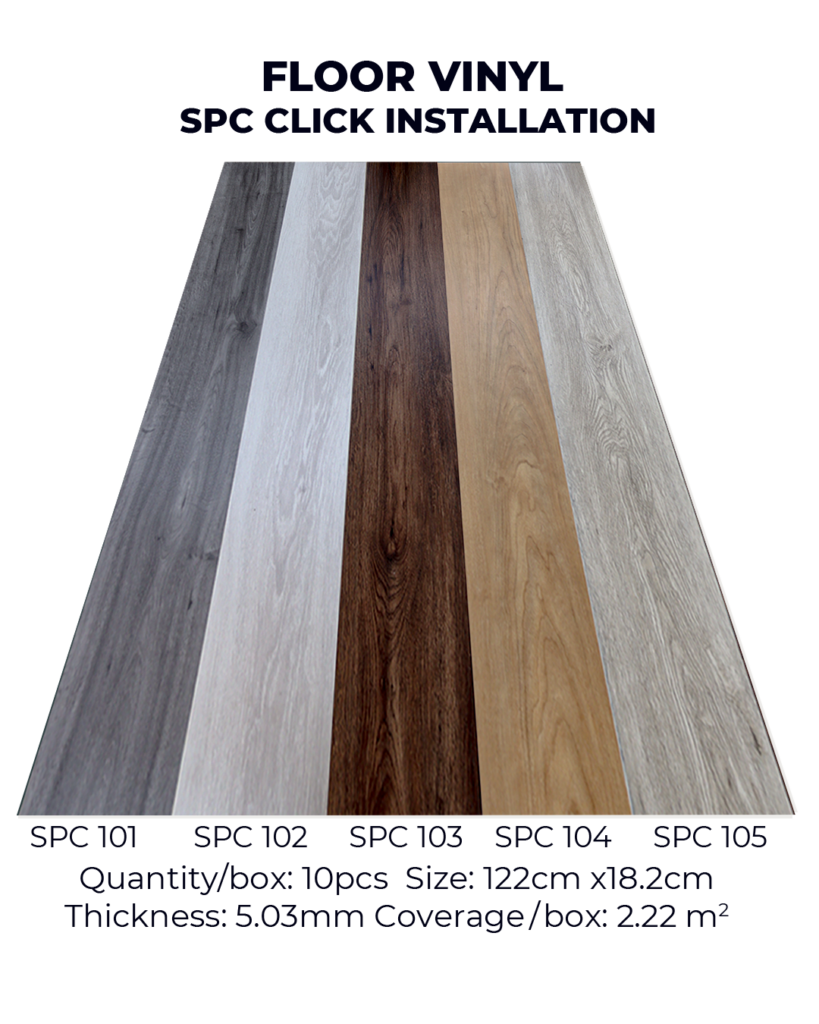
SPC is generally more durable and stable due to its rigid core. It’s resistant to impacts, scratches, and dents, and can handle heavy foot traffic better. Its rigidity also makes it more resistant to expansion or contraction due to temperature changes.
Water Resistance: SPC flooring is 100% waterproof, making it ideal for wet areas like bathrooms, kitchens, and basements. Its rigid core doesn’t absorb moisture, helping it maintain structural integrity in high-moisture environments. Installation: SPC flooring is typically easier to install, often featuring a click-lock installation system that doesn’t require glue or nails. Its rigid core helps it snap together more securely. SPC flooring is typically less comfortable underfoot compared to LVT. It can feel harder and noisier without additional underlayment.
LUXURY VINYL TILE – LVT
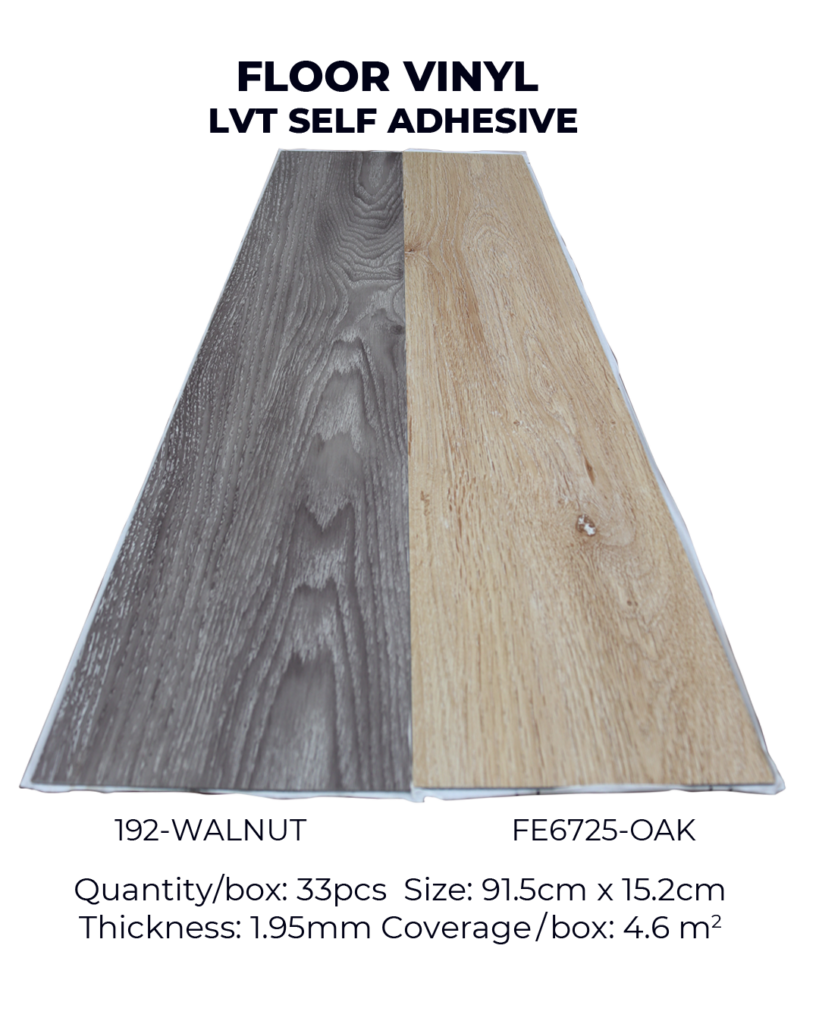
LVT features a softer, flexible vinyl core made primarily from PVC. It is less rigid than SPC, making it more pliable and comfortable underfoot. LVT is still durable but can be more susceptible to damage from heavy impacts or extreme temperatures. However, high-quality LVT options can still offer excellent performance in most residential and commercial spaces. It generally offers a wider range of textures and designs, and the flexible core allows for more intricate patterns and deeper textures. It often mimics natural materials like wood, stone, or ceramic tiles.
Water Resistance: While LVT is also water-resistant, it may not be fully waterproof, depending on the specific product and installation method. The softer core may absorb some moisture over time if not properly sealed or installed. LVT is more comfortable underfoot because of its softer, more flexible core. It also tends to offer better sound absorption, reducing noise when walking on it. Installation: LVT can also be installed using click-lock or glue-down methods. However, because it’s more flexible, it may require more careful preparation of the subfloor to avoid imperfections from affecting the appearance.
PVC SKIRTING BOARDS
PVC (Polyvinyl chloride) skirting boards provide several benefits for both residential and commercial environments. They are exceptionally durable and resistant to moisture, impacts, and wear. This makes them perfect for moisture-prone areas like kitchens, bathrooms, and basements, as they won’t warp, crack, or rot like traditional wooden skirting boards. They are easy to maintain. Simply wiping them with a damp cloth or a mild cleaning solution removes dust and dirt, and they don’t require regular painting or sealing, unlike wood skirting boards. Variety of Designs: PVC skirting boards are available in a wide selection of designs, styles, and colors, offering flexibility to match any interior décor.
AVAILABLE DESIGNS
